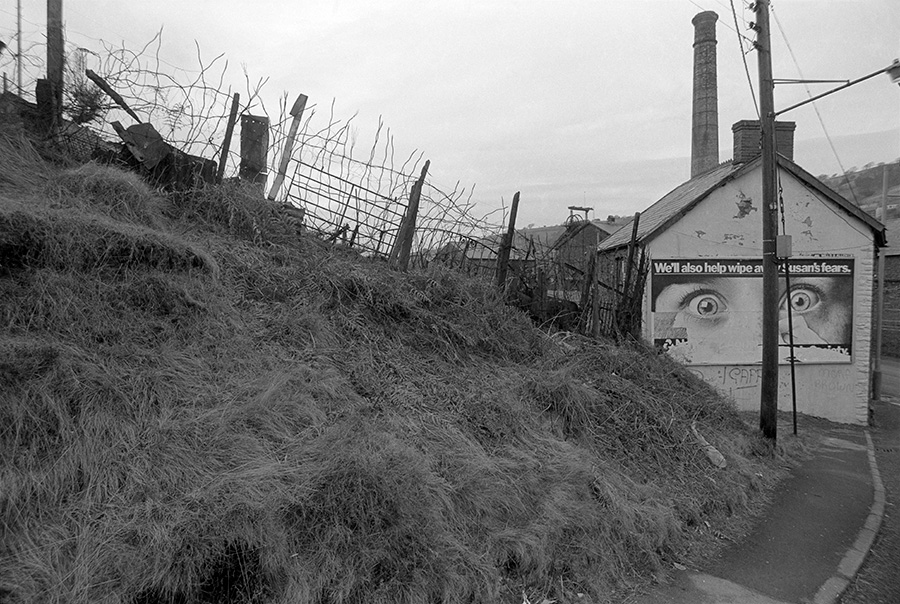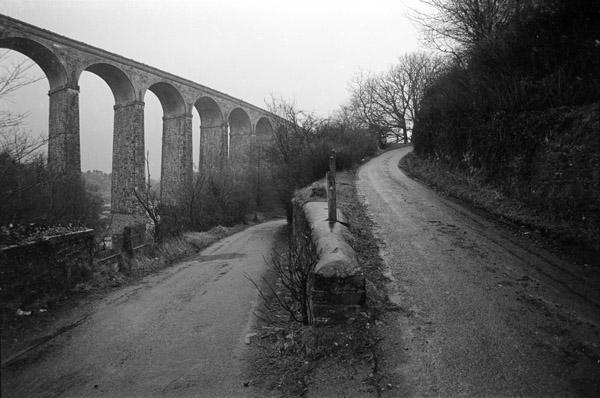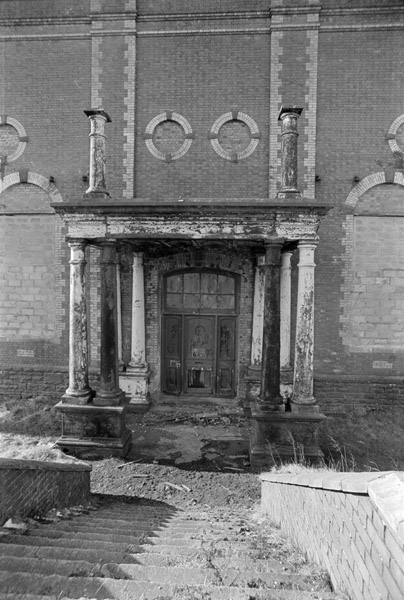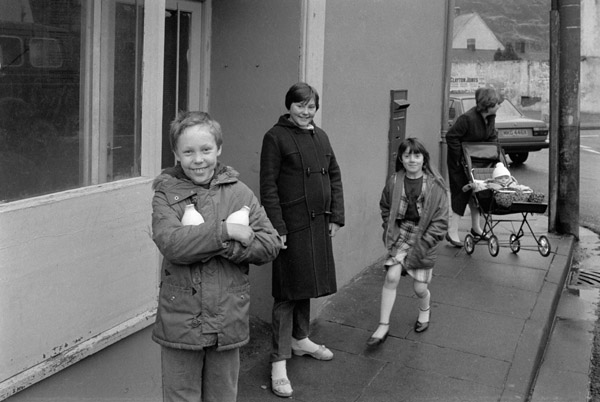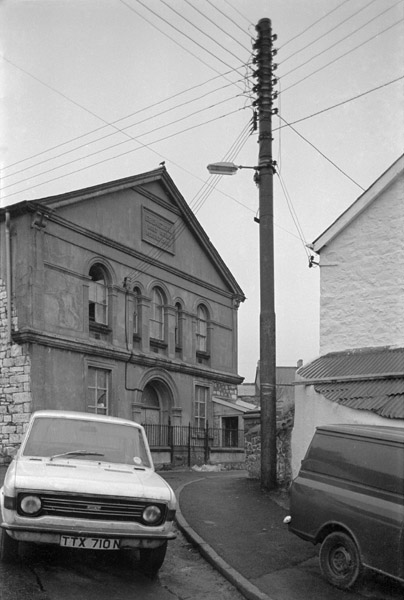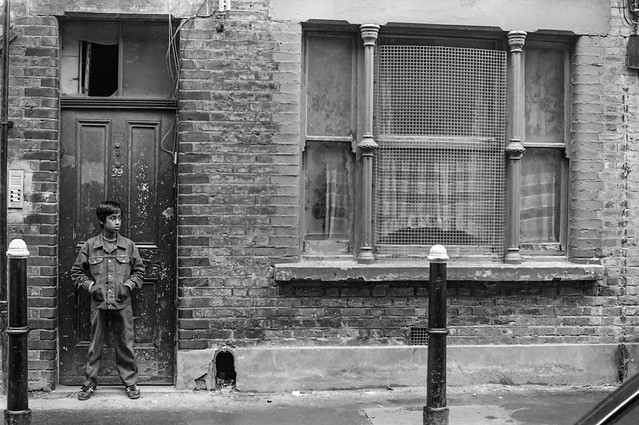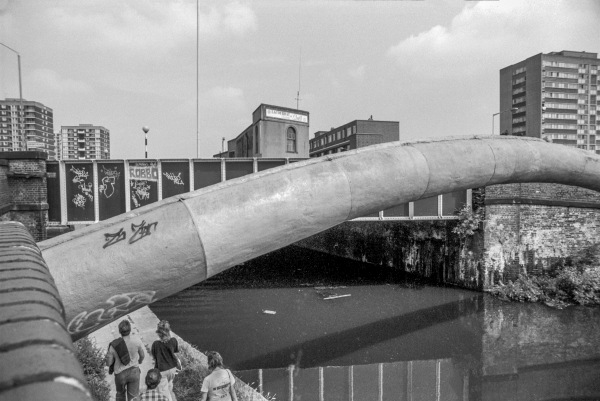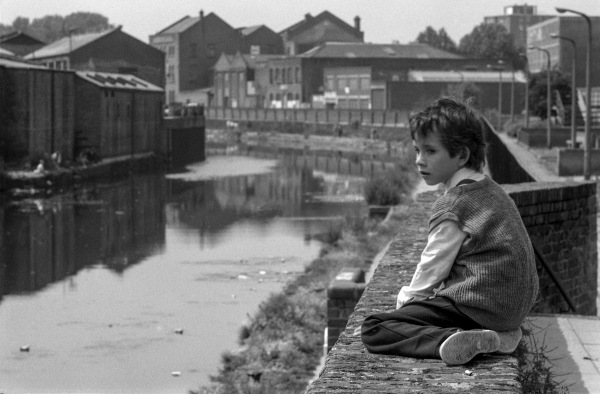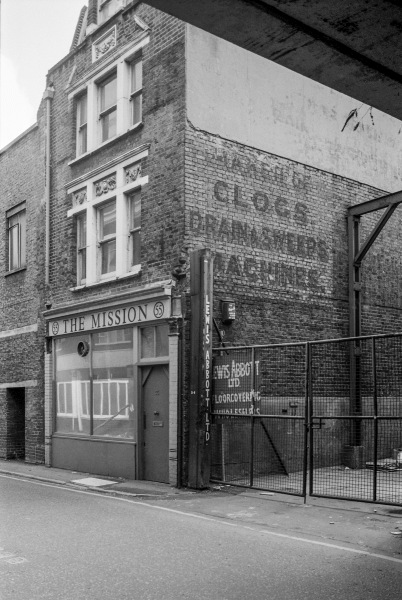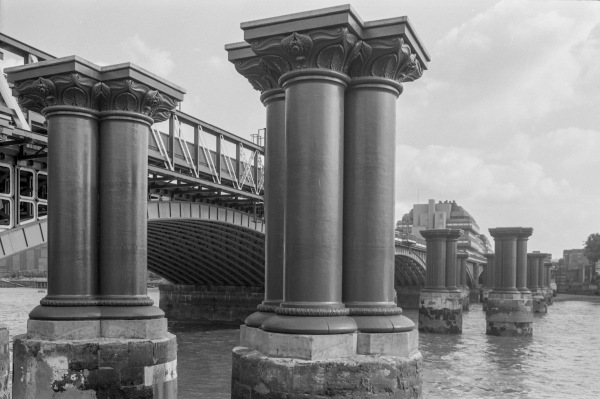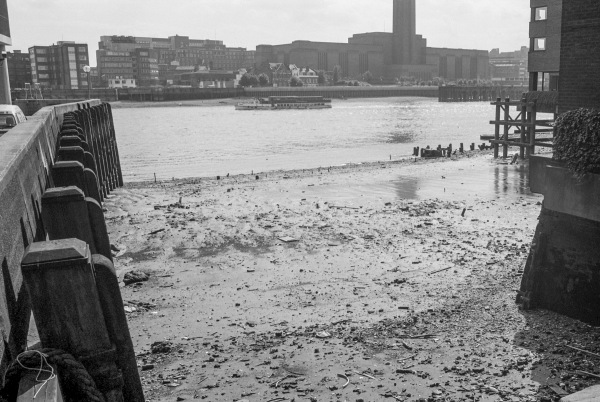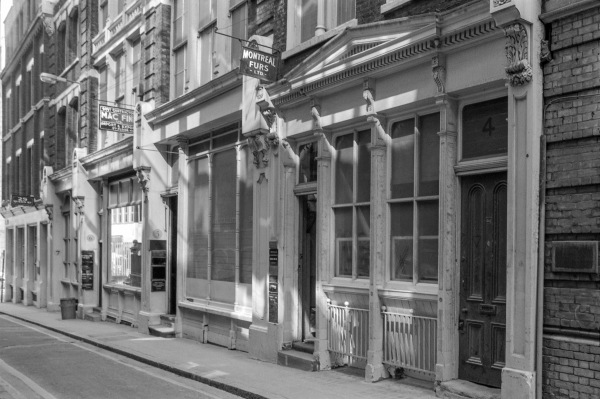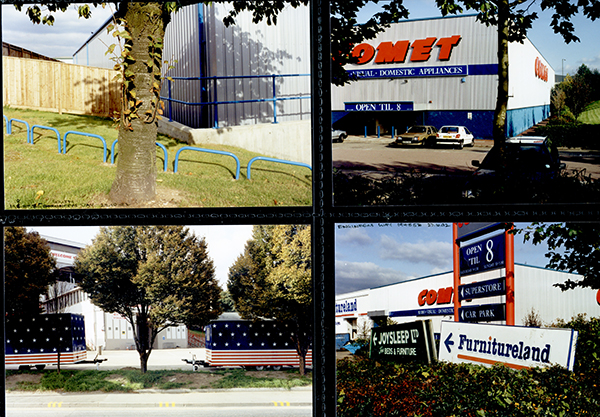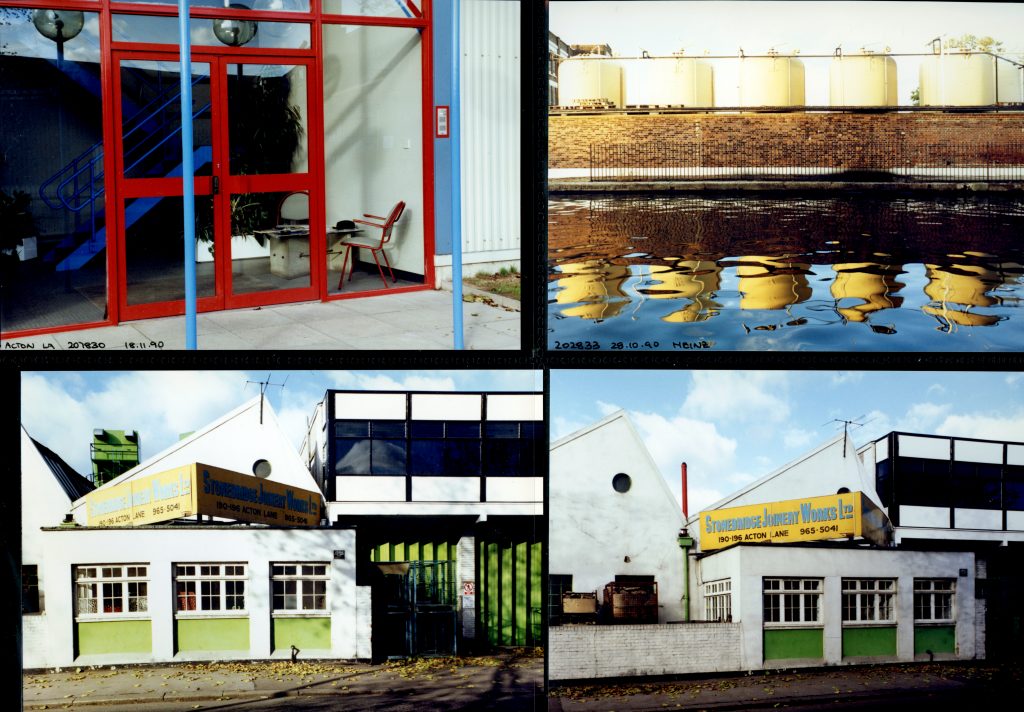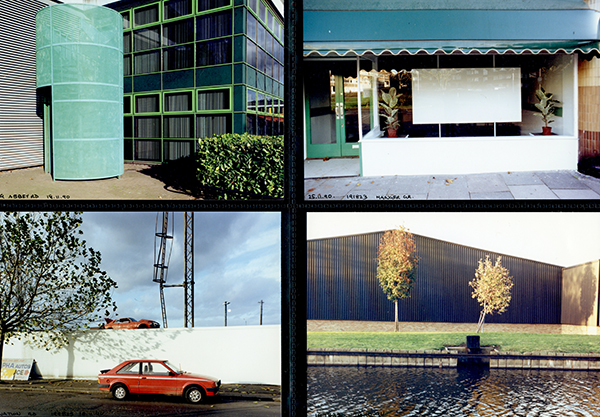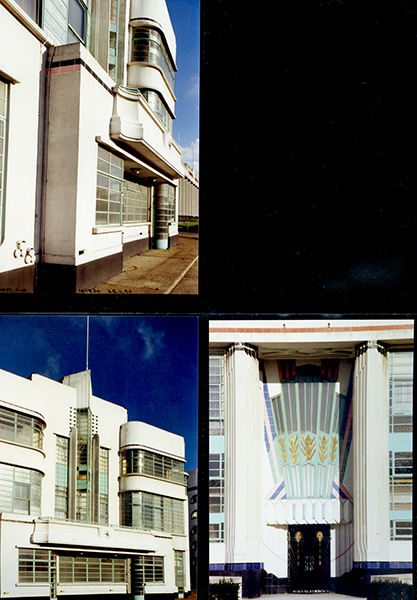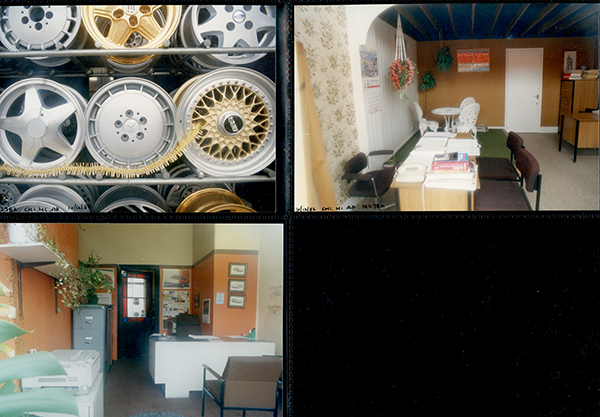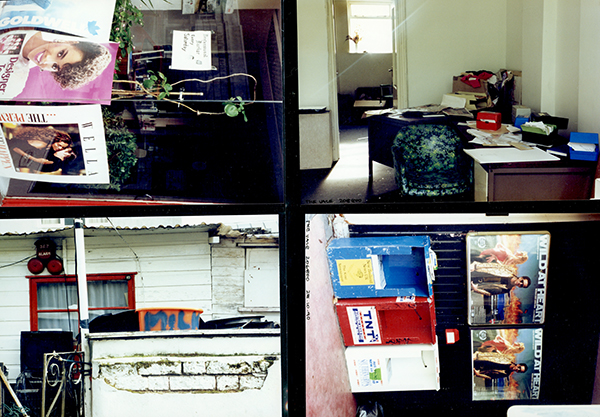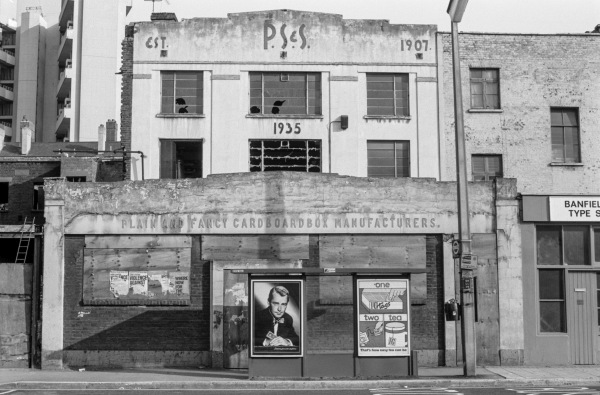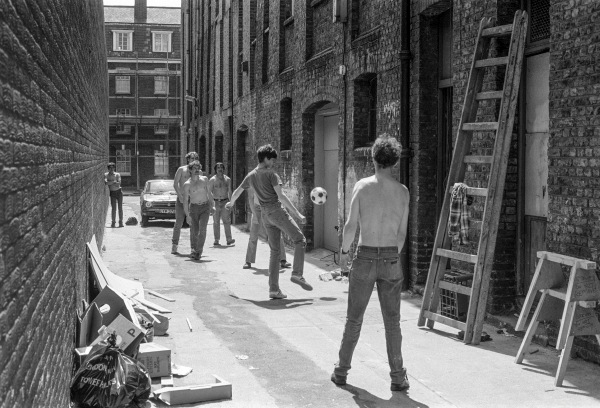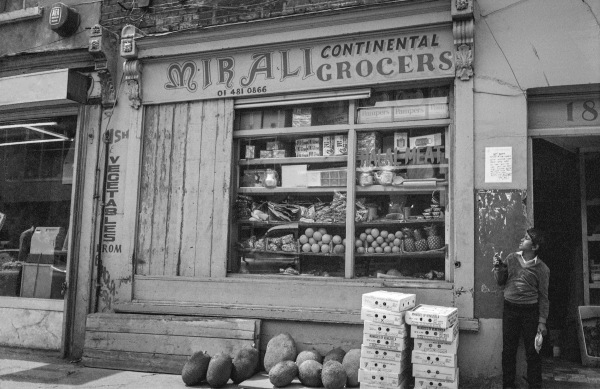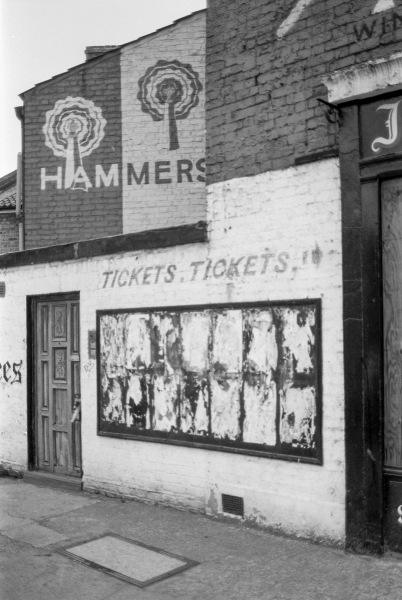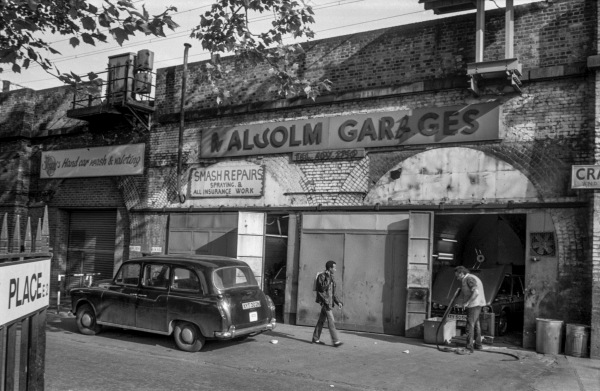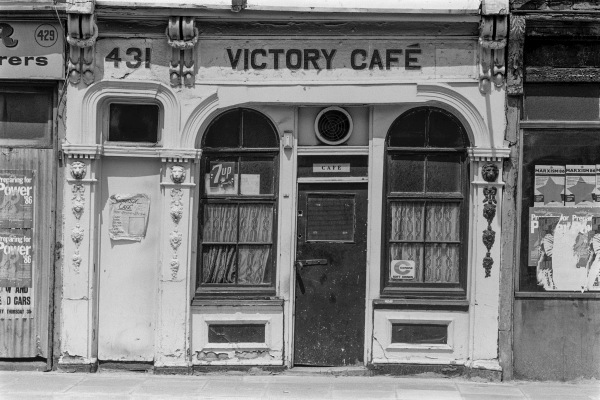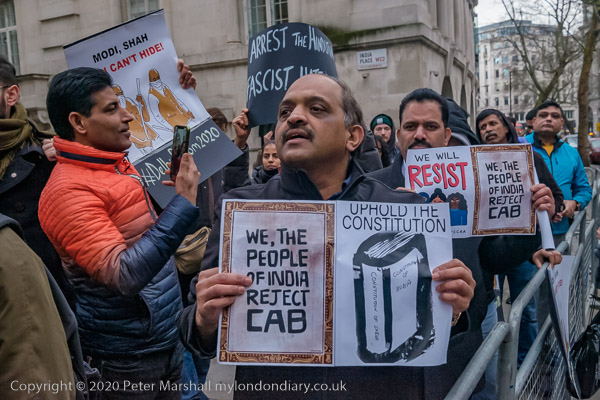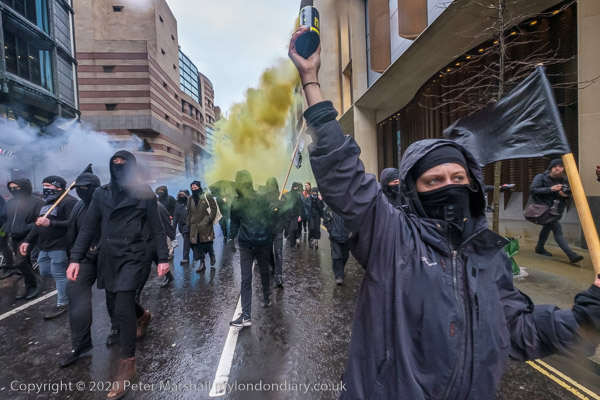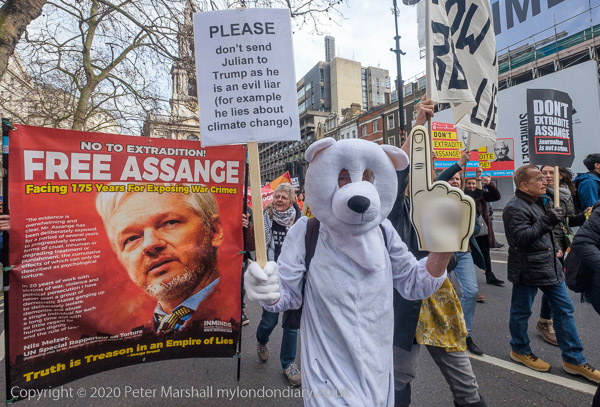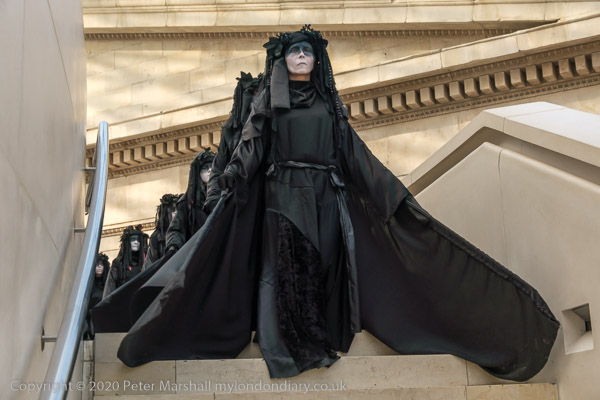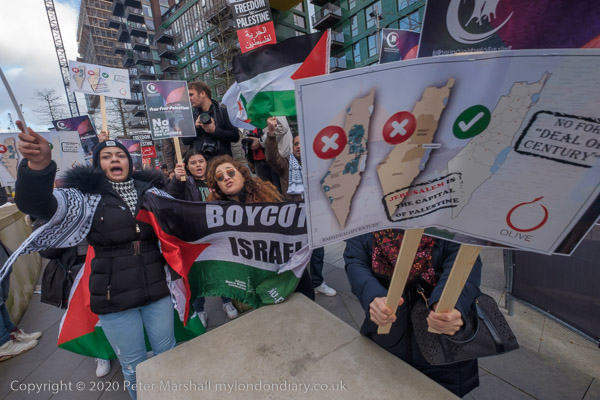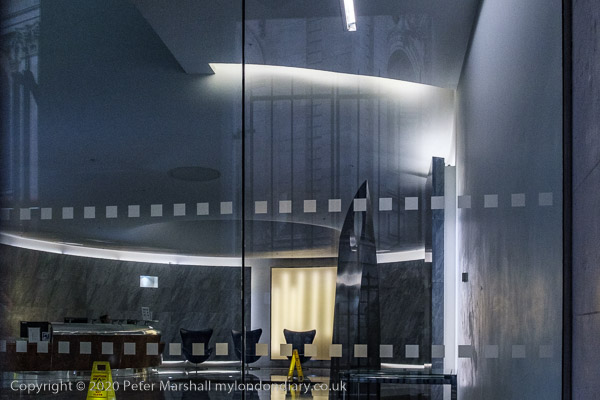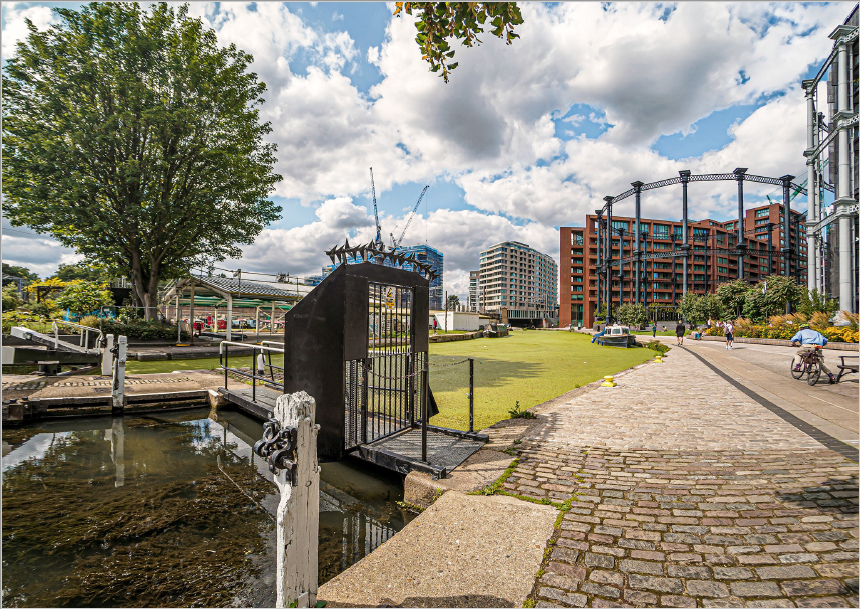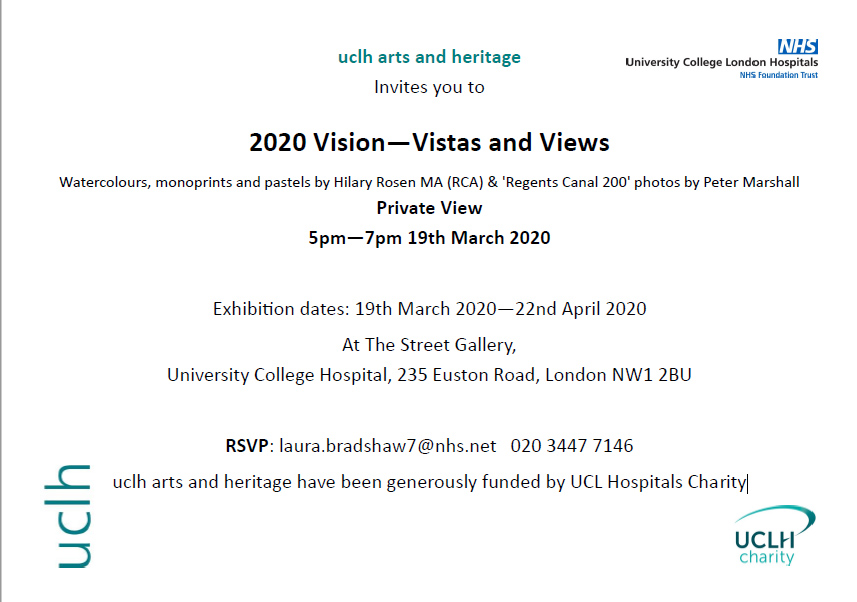I’ve spent much of the last week cycling up the Loire Valley, though unfortunately only virtually, though the weather would have been great for the real thing, but perhaps not my legs. Surprisingly almost all of the back roads we chose, some little more than farm tracks, are on Google’s Streetview and seem little altered from 45 years ago, with the roads almost as empty.
In reality I’ve made a few short and pleasant cycle rides and walks but mainly been stuck in front of a computer removing dust and other blemishes from scans of slides I took in 1975 and trying to work out where I took the various scenes they show.
Now around 160 pictures and some text are on Flickr from what was the first real photographic project that I made. Here is the introduction and a few of my favourite images.
1975 Loire Valley Bike Ride
In 1975 Linda and I decided to have a cycling holiday in the Loire Valley in France, first cycling from Staines to Seaford where my father was then living, then taking the Newhaven to Dieppe ferry, a train to Paris and then another train to Angers.
The holiday had taken many hours of planning the route, reading books from the library, poring over 1/200,000 scale Michelin maps (1cm = 2km or approximately 1″=3 miles) and booking hotels in suitable stopping points by letter and telephone.
Unfortunately none of the books had told us that while then on British Rail you could simply turn up and put your bike in the guard’s van (part of a carriage on most passenger services), this was not how it was done in France. It took a lot of argument when we arrived in Dieppe around midnight before with much shrugging of shoulders SNCF workers let me lift them onto the Paris train.
Cycling across Paris at 6am was also a little nerve-wracking, particularly across the Place de la Concorde where there seemed to be no road markings and traffic came from every direction. For the next stage we went to the SNCF office at Gare Montparnasse to deposit our bikes, paying for them to be carried to Angers.
Riding through the Loire valley was a delight, and the weather was good. Most of the roads we took were empty, and French drivers generally treat cyclists much more considerately than in the UK. The hotels were all good too – and made sure our bikes were safe overnight – they spent one night in a ballroom. The Tour de France was just coming to its end, and kids on the village streets often stopped to shout ‘Allez!, Allez!’ and ‘Eddy Merckx!’ as we passed, though our pace, particularly on the hillier sections was considerably slower.
This had been planned as a photographic trip and I produced a dual projector slide-tape presentation on it for a competition in a photographic magazine, my first and only, for which I was woefully ill-equipped in terms of projection and sound recording. But they had supplied me with a slab of Kodachrome for the job, and I had an Olympus OM1 and several lenses, a 28mm, 50mm and one of the earliest consumer 70-200mm (or so) zoom lenses, which I sold after this trip deciding it didn’t quite come up to my standards.
Working for the presentation meant I had to work in landscape format only, though I did also take some portrait format images for myself. I worked entirely in colour, but putting them on Flickr I accidently turned one to black and white and rather liked it, so left it. It also very much influenced the subject matter, perhaps for the better as otherwise I might have stopped and used all the film in the first of many roadside villages we passed. Cycle touring is better for photography than going by car as you can stop almost wherever you want and get a far better view around you at its slower pace. But photographers really need to walk.
Most of the Kodachrome slides have aged well, though some have acquired a strong orange colour cast and I was unable to get acceptable images from their scans. The slides were all cleaned before scanning but some still took considerable retouching to remove larger dust spots (and the smaller ones are still there but not obtrusive.)
Unfortunately I cannot at the moment find the detailed notes I made at the time and few of the images are captioned on the slide mounts. I’ve been able to recognise the locations for many of them, but others are presented with more generic captions and are presented on Flickr very roughly in the order in which they were taken – where known.
Most are still in their original Kodachrome card mounts, which crop considerably and have annoying rounded corners which I have removed from the scans, along with the many fibres straying from the card at the picture edges. Like many photographers I could never understand why Kodak made what many regarded as the best of all transparency films but mounted the processed slides worse than any other processor. The 200 or so slides I could find, less than half of those I took, are probably an rough edit made at the time, and for Flickr I’ve mainly just removed near-duplicate images and a few that were impossible to restore.
1975 Loire Valley Bike Tour on Flickr.
All photographs on this and my other sites, unless otherwise stated, are taken by and copyright of Peter Marshall, and are available for reproduction or can be bought as prints.
There are no adverts on this site and it receives no sponsorship, and I like to keep it that way. But it does take a considerable amount of my time and thought, and if you enjoy reading it, please share on social media.
And small donations via Paypal – perhaps the cost of a beer – would be appreciated.
















